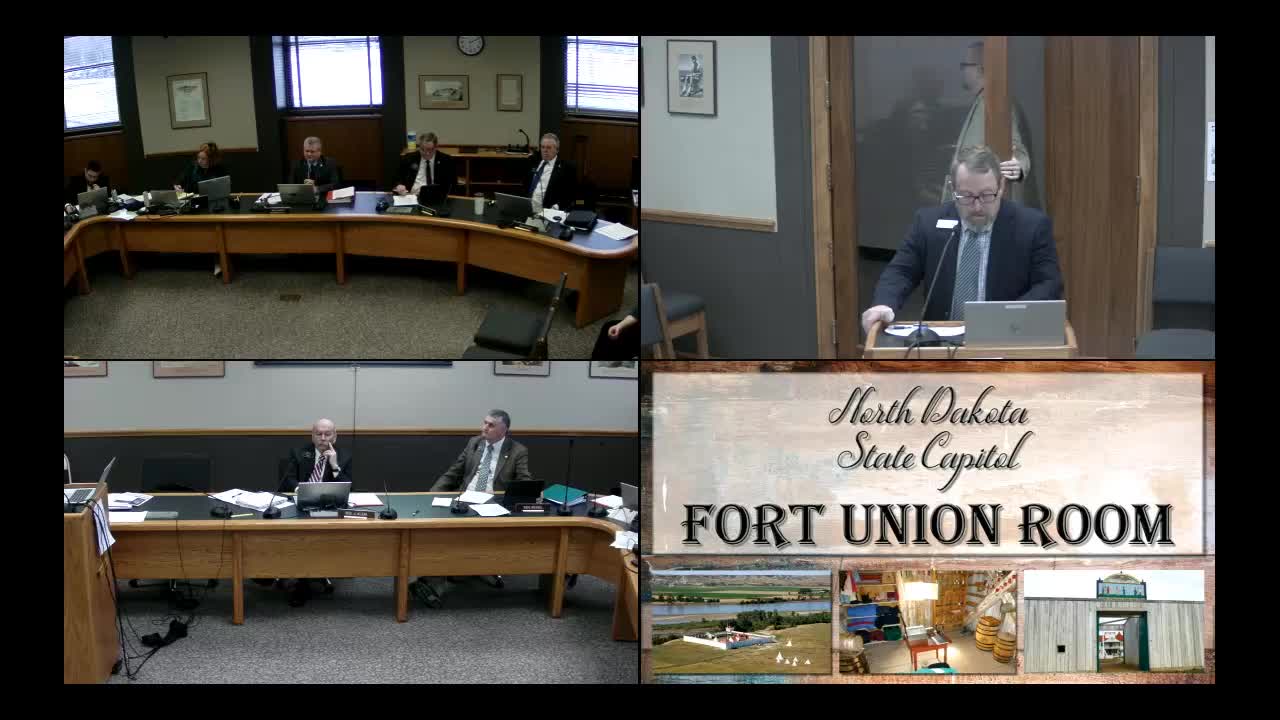Radon exposure linked to 22000 annual lung cancer deaths highlights North Dakota's urgent risk
January 22, 2025 | Industry and Business, Senate, Legislative, North Dakota
This article was created by AI summarizing key points discussed. AI makes mistakes, so for full details and context, please refer to the video of the full meeting. Please report any errors so we can fix them. Report an error »

In a recent meeting of the Senate Industry and Business Committee in North Dakota, significant discussions centered around the health risks associated with radon exposure. Radon, a naturally occurring radioactive gas produced by the decay of uranium in soil and rock, poses a serious threat to public health, particularly in areas like North Dakota where geological conditions can lead to elevated levels.
The committee highlighted that radon can infiltrate homes through cracks in foundations and other openings, accumulating in poorly ventilated spaces such as basements. This silent danger is particularly alarming, as many individuals remain unaware of its presence until health issues arise. According to the Environmental Protection Agency (EPA), radon exposure is the second leading cause of lung cancer in the United States, responsible for an estimated 15,000 to 22,000 deaths annually. Notably, over 10% of these fatalities occur among non-smokers, underscoring the universal risk posed by radon.
The meeting emphasized the importance of awareness and testing, as radon levels can vary significantly from one home to another. The committee discussed potential measures to increase public knowledge about radon risks and the necessity for regular testing in homes, especially in regions known for higher radon concentrations.
As North Dakota continues to address public health concerns, the discussions around radon exposure serve as a critical reminder of the need for proactive measures to protect residents. The committee's focus on this issue may lead to further initiatives aimed at reducing radon-related health risks in the community.
The committee highlighted that radon can infiltrate homes through cracks in foundations and other openings, accumulating in poorly ventilated spaces such as basements. This silent danger is particularly alarming, as many individuals remain unaware of its presence until health issues arise. According to the Environmental Protection Agency (EPA), radon exposure is the second leading cause of lung cancer in the United States, responsible for an estimated 15,000 to 22,000 deaths annually. Notably, over 10% of these fatalities occur among non-smokers, underscoring the universal risk posed by radon.
The meeting emphasized the importance of awareness and testing, as radon levels can vary significantly from one home to another. The committee discussed potential measures to increase public knowledge about radon risks and the necessity for regular testing in homes, especially in regions known for higher radon concentrations.
As North Dakota continues to address public health concerns, the discussions around radon exposure serve as a critical reminder of the need for proactive measures to protect residents. The committee's focus on this issue may lead to further initiatives aimed at reducing radon-related health risks in the community.
View full meeting
This article is based on a recent meeting—watch the full video and explore the complete transcript for deeper insights into the discussion.
View full meeting
